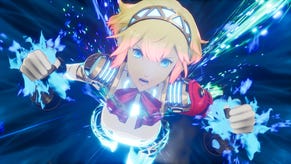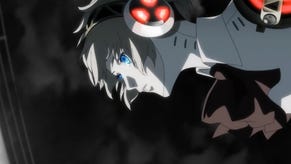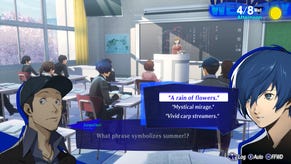Persona 3 Reload is a seamless transition for Persona 5-likers
And takes a lot of learnings from it, too
Having spent what feels like an entire lifetime in JRPG Persona 5 Royal, going back to the original Persona 3 is pretty jarring. It's unsurprising given it came out 18 years ago, but exploration is more akin to a slideshow and dungeon-running to a well-rehearsed routine.
But with an hour of Persona 3 Reload under my belt, P3's remake felt immediately familiar. It's absolutely built for a seamless transition for P5-likers and takes away some of P5 Royal's learnings, too. Unless something disastrous happens when Reload fully releases, I can't ever see myself returning to the original.
My hour with the game started around five hours in, where most of the core party had banded together. I know that Persona games all riff off one another, but Reload really did strike me as Persona 5 Royal-fied in its presentation. Straight away I was in the Gekkoukan school, a very P5 camera angle centred on my character, with very similar button presses to bring up my map and seek out confidants to hang out with. And I liked how, despite a visual overhaul, it hadn't lost that slight polygonal P3 vibe of its text and menus.
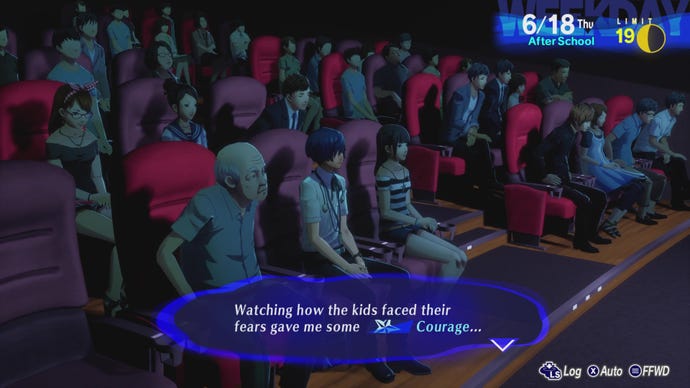

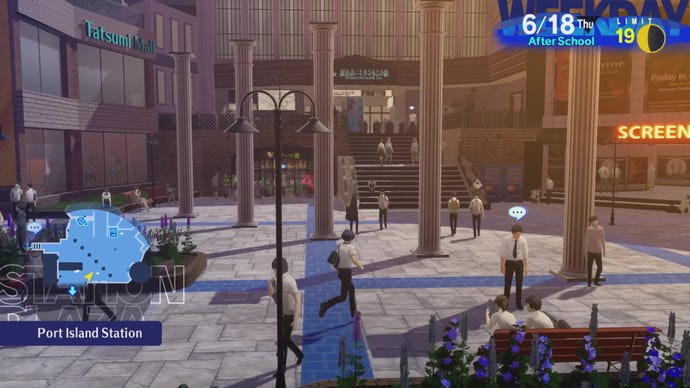
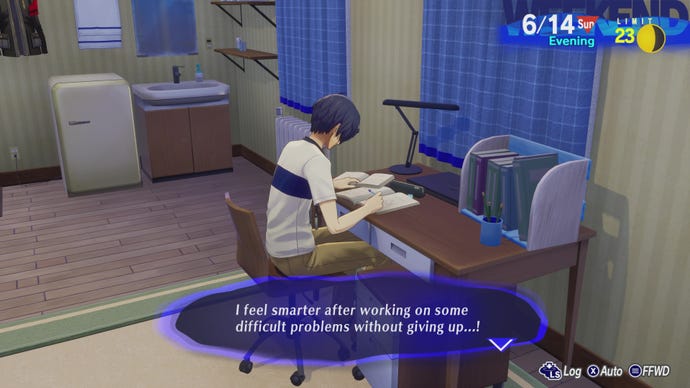
In the Velvet Room (where you sacrifice personas to make better ones) I bore witness to lovely new animations, too. But it was when I explored outside of school and my home base that things really felt updated. The shopping malls weren't just mini point and click adventures, but a space you could wander about in, like P5's Shibuya or Royal's Kichijoji. I wandered into the weapon shop, spoke with a fortune teller in a club, and bought some black market URLs from a dude in a corner (a classic 2006 move).
As the story progressed a bit, I took my first trip into the updated Tartarus (P3's main dungeon) where Atlus had really taken P5's learnings into account. Where both P3 and P5 fell down for me were in their tendencies to get very, very repetitive in dungeons. Royal infused P5's combat with more options, like special finisher moves (called Showtime) and an upgraded Baton Pass (passing your extra turn onto someone else, infusing them with buffs) to, at the very least, speed up encounters with powerful moves.
So what P3 Reload's done is nab Baton Pass and call it "Shift", so when you down an enemy by targeting their weakness, you can swap over to someone else in your party if you'd like them to deliver the next instance of arse-kicking. They've sort of nabbed Showtime too, albeit with some differences. In P3 it's called Theurgy and, unlike Showtime, you're in total control of when it's activated. Each of your party has a meter and so long as you fulfil moves in keeping with their personalities, you'll steadily fill it up (healers healing, damagers damaging). As Yukari, I unleashed a special move with a flashy animation that ignored all resistances and basically demolished a demon in one go - a beautiful thing.

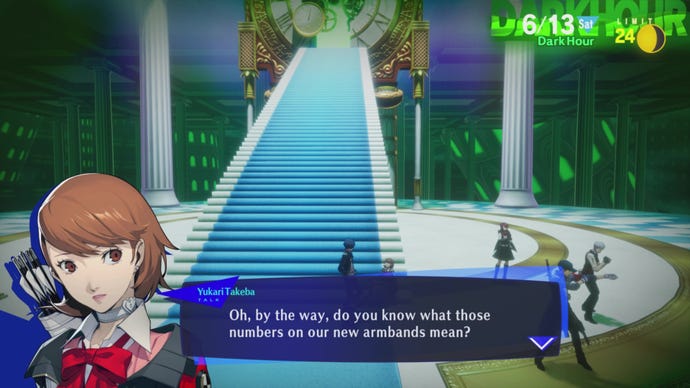
As for Tartarus itself, I wouldn't say it was a mindblowing overhaul besides the combat tweaks. It was very much as you'd expect: lots of corridors splintering off one another, with the odd demon roaming about. Still, to completely redo such a key part of the original game wouldn't be a fair expectation.
And I can't speak for the authenticity of the conversations and social links, having only played a portion of the original P3. But I can attest to the fact that I wanted to get to know my pal Akihiko (despite the fact he did start on someone) and a shy girl called Chihiro. There was one guy in snazzy leopart print-style pants who did take the piss out of my outfit, though. I'm not sure I want to be friends with him.
So despite only having an hour to play one of the year's beefiest releases, I've come away with a real buzz about how it's handled things. Yes, there's no denying that it's disappointing it won't include additional things from Persona 3 FES and Persona 3 Portable, like the option play as the female protagonist (they remain very tightlipped on the subject). But way Reload has applied Atlus's lessons from P5 Royal is encouraging for returning fans itching for a shiny rendition of the original Persona 3 experience - and it makes for a smooth transition for those new to the series.


